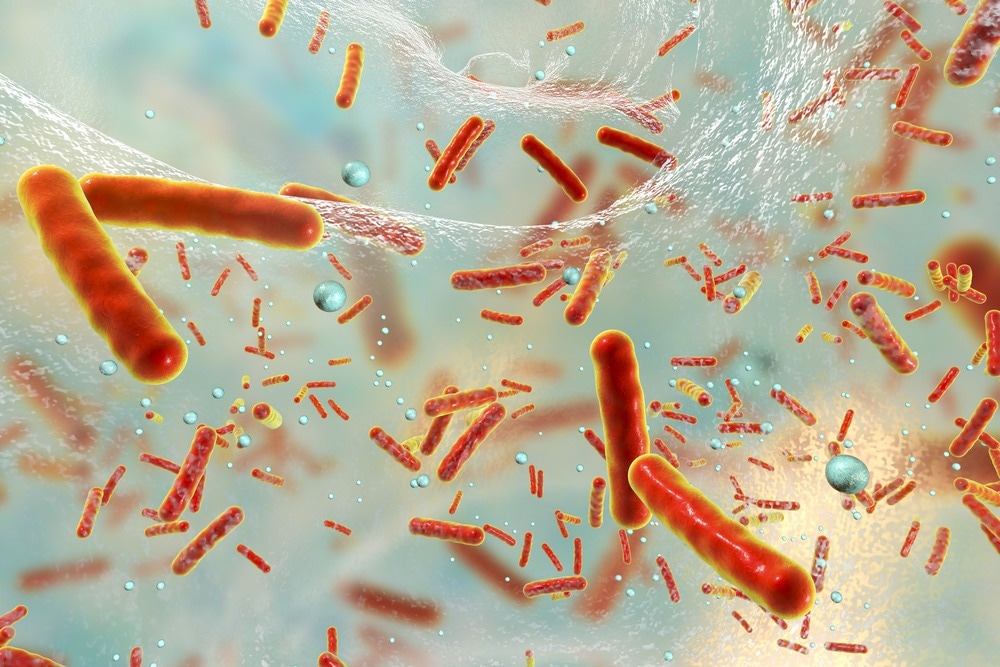Bacteria, like neurons in human brains, utilize electricity to interact and react to environmental cues. Scientists have now developed a strategy to regulate this electrical signaling in bacteria to better comprehend antibiotic resistance.

Image Credit: Kateryna Kon/Shutterstock.com
This potent tool will aid in the advancement of knowledge about bacterial infections, including the global threat of antimicrobial resistance. This is because such electric signaling is associated with antibiotic uptake, resulting in some bacteria sustaining antibiotic exposure.
Researchers from the University of Warwick and Politecnico di Milano described significant progress in controlling bacterial electric signals with light in research published in Advanced Science. The researchers used Ziapin2, a molecule that adheres to bacterial membranes and alters structure upon light exposure (a so-called “photoswitch”).
We found that upon exposure to blue-green light, bacteria showed an electrical pattern known as hyperpolarisation. We showed that Ziapin2 causes special channels to open, causing electrical changes in bacterial cells.”
Dr Munehiro Asally, Associate Professor, Life Sciences Department, University of Warwick
Dr Tailise de Souza, postdoctoral researcher at the University of Warwick says, “Though in its early stages, this technique may help us in the future to better understand microbial phenomena, such as cell-to-cell signaling, efficacy of antibiotics, and antimicrobial resistance.”
The introduction of light-methods in bacteria can potentially open up new exciting research routes. Apart from bringing a new tool for antimicrobial resistance studies, this approach can be exploited to build up bacterial hybrids that can perceive light and perform useful tasks, such as drug delivery in hard-to-reach body locations.”
Giuseppe Paternò, Assistant Professor, Physics, Politecnico di Milano University
Source:
Journal reference:
De Souza-Guerreiro, T. C., et al. (2023) Membrane Targeted Azobenzene Drives Optical Modulation of Bacterial Membrane Potential. Advanced Science. doi.org/10.1002/advs.202205007.